How to grow a rose in a potato?
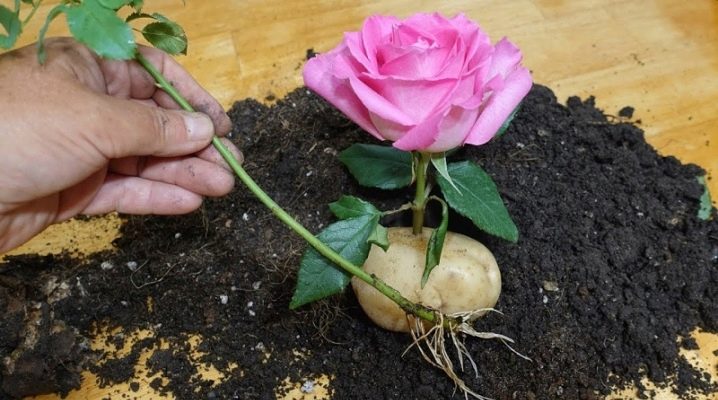
Due to its charming appearance and amazing smell, the rose has received the status of the queen of flowers. This is a popular plant that is often chosen for decorating a local area or garden. Roses are also used for landscaping cities. Growing a large and beautiful flower is not easy, but there is one way that will make the job much easier.
The process of propagation of an ornamental plant in potato tubers quickly gained popularity. This is a number of special measures, if followed, you can achieve excellent results. Before you start germinating cuttings, you need to familiarize yourself with the features of this option, as well as its pluses and minuses.
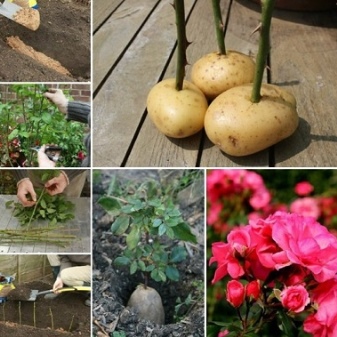
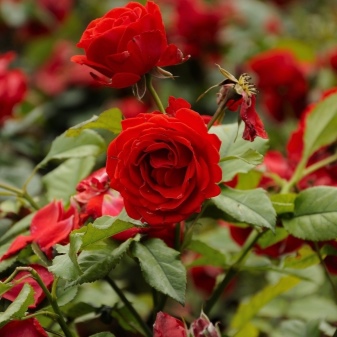
Advantages and disadvantages
Growing roses with potatoes has the following benefits:
- this procedure is much easier than standard growing, however, it has certain difficulties;
- if you do the job correctly and comply with all technical conditions, it is possible to root even flowers from a fresh bouquet;
- potato tubers will maintain the desired moisture levelnecessary for the normal growth of the cuttings, the root crop also saturates the plant with a sufficient amount of nutrients and oxygen, which is needed for normal development;
- this method compares favorably with standard options, since when a rose germinates in water, the stalk may begin to rot, and if it is planted immediately in the ground, the plant often dries up;
- this option is suitable for many varieties, and you can use the method of germinating a flower in a root crop at any time of the year;
- potato reliably protects the rose from the negative impact from the outside.
As disadvantages, the following should be noted:
- despite its versatility, this method can not be used for absolutely all varieties of a flowerfor example, growing will not give the expected results for climbing plants;
- potatoes are used only for roses, which have an erect stem;
- so that the stalk takes root and then takes root on the site, you need to cultivate in a comfortable place, protected from drafts and strong winds, the flower also needs a lot of natural lighting, after germination, the rose must be transferred to fertile soil;
- even if the sprout is remarkably rooted, this does not guarantee that it will quickly and easily take root in a new place - about 15% of all roses do not adapt on the plot and die.
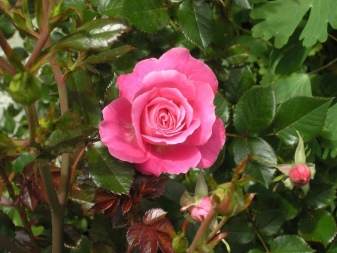

Preparation
The key to successful cultivation is competent preparation for this process. To get the job done correctly, you need to choose the right stalk, potatoes and special tools. It is also advisable in advance to acquire a suitable soil and a container in which the rose will grow (the pot will only be needed if the flower is planned to be grown at home).
Tools and materials
Special tools for grafting and further germination of the rose are not required. It is enough to prepare a knife, secateurs and shoulder blades. All instruments must be sharp and treated with a disinfectant.
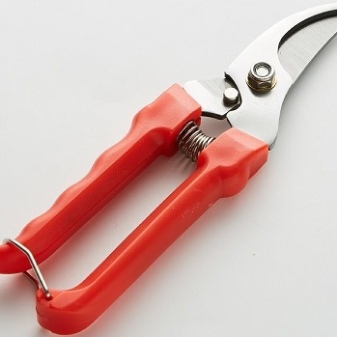
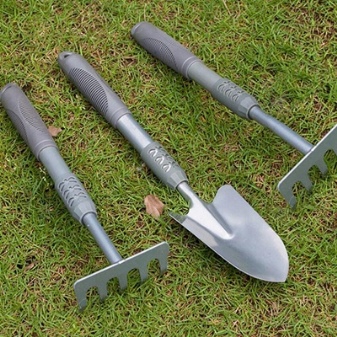
Selection of soil and capacity
In order for a rose grown from a stem to be left at home as a living decoration, you need to choose the right container... The size of the flowerpot should be medium, but sufficient for the particular flower variety. In the first step, cut plastic bottles will do.Before use, containers should be processed at high temperatures. Most often, steam or boiling water is used. Under the influence of high temperatures, dangerous and pathogenic microorganisms will die.
If there are no holes at the bottom, they must be made; drainage is also poured onto the bottom, and sand is poured on top of it (the layer thickness is from 3 to 5 centimeters). The composition and condition of the soil play an essential role in the process of rooting of cut flower stems. To cut a rose, you need to purchase a special potting soil that can be found at any gardening store. Rose is a capricious plant and has special requirements for the conditions of care and for the soil. If it is not possible to purchase a special composition, you can use the land from the garden plot, which must be fed with organic matter and mineral compounds.
The disinfection of the soil is mandatory. The container with the earth is placed in the freezer and left there for a few seconds. Thaw the soil before use. This procedure must be performed several times in a row. To restore the microflora of the soil, it is watered with a solution of "Fitosporin"; any analogue of this drug is also suitable.
The implementation of all preparatory procedures is necessary so that the plant does not hurt and pleases with a lush color for many seasons.
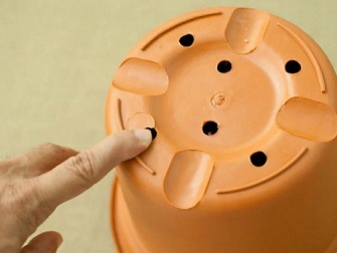
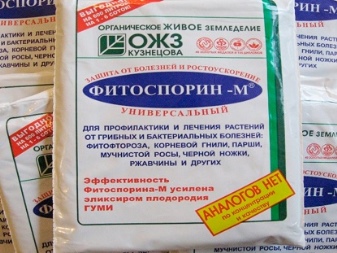
Processing potatoes and roses
Potato tubers and roses should also be prepared. Processing of cuttings is carried out to facilitate their rooting. Experienced professionals who have experience in growing flowers using tubers recommend using rose stems with still closed buds. The optimal stem thickness is at least 0.5 centimeters... It is enough to observe only these conditions to be sure of the success of the procedure. The potatoes used in the work must be free from defects and signs of diseases. Another prerequisite is freshness. The root vegetable is the first source of beneficial trace elements for the flower, so its quality must be appropriate.
In the process of preparing the stem of a rose, you need to follow a certain list of procedures:
- from the selected flower remove all thorns and leaves;
- the top of the plant is carefully trimmed at an angle of 90 degrees, work is carried out with a sharpened pruner, knife or scissors;
- from below, the stem is also cut off, but already at an angle of 45 degrees;
- it is advisable to divide the prepared cutting into several separate parts, at least 3-4 buds should remain on each of them - thus, several full-fledged plants can be grown from one flower;
- then proceed to the processing of planting material, for this, biological stimulants are used, you can also prepare a solution by mixing a tablespoon of honey and 200 milliliters of pure water;
- to disinfect the stalk, it is treated with a weak pink manganese solution for several hours.
To prepare the root vegetable, you need to spend just a couple of minutes. It is enough just to pick up healthy tubers and remove the eyes, if any. The main thing is that the tubers do not start sprouting, since the shoots will take micronutrients from the potatoes.

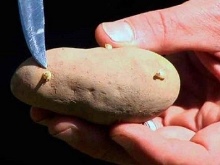

Rooting technology
To germinate the stem, you should familiarize yourself with the technology of this process. If the work is done in winter, the cuttings of the flower in the tubers are placed in pots. In the warm season (from mid to late spring, summer or early autumn), the sprouts can be immediately transferred to an open-air area.
Process steps:
- preparation of the stem and tuber;
- the acquisition and preparation of a container in which the rose will grow, or the processing of a land plot;
- buying or preparing a suitable soil mixture;
- when transferring a flower to open ground, the ground is cleaned, dug up and fertilized.
After all of the above manipulations have been performed, the stem is stuck into the root vegetable until about the middle.Now it can be planted in the ground. When transferring plants directly to an open area, you need to arrange a planting hole: depth - not less than 20 centimeters, width - not less than 30 centimeters. The earth must be moistened. The recommended distance between roses is 20 centimeters. This gap can be reduced a little, but at the same time, you need to maintain a sufficient distance so that the flowers develop fully and do not interfere with each other.
The planting hole is filled with special soil, and a little fertile chernozem and organic matter (humus moved with peat) is poured over it. The planting process is completed by leaving a layer of sand on the surface. Before propagating a rose, it is advisable to find out about the optimal time for rooting. Experienced gardeners advise to perform the procedure at the end of May or in the first summer month. Such terms are needed to get mature and strengthened cuttings. Shoots that did not have time to ripen will not take root in the new conditions.
With the onset of June, shrubs are already beginning to form strong and powerful branches. Their degree of maturity is determined by the thorns. The shoot is considered ripe if the thorns break off when pressed from the side. If the thorns bend under pressure, the branches are not yet ripe enough. A cut in a potato will root around mid-July. In early September, the gardener will receive a strengthened plant that can safely overwinter.
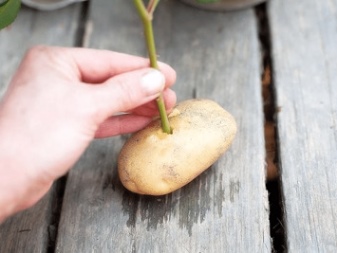
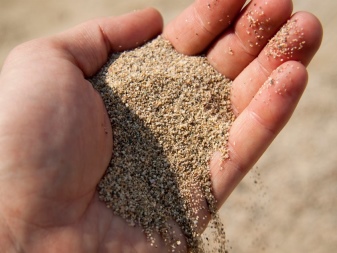
Care
It will not be difficult to grow the culture in question at home or on the site if you properly and regularly care for the plant. After the end of the planting procedure, you should create a greenhouse effect for the sprout. Such conditions will contribute to rapid growth and activate the processes of survival. The seedlings are covered with glass jars or cut plastic bottles. For heat to accumulate inside, sunlight must fall on the plants.
At the first stage, the planted tubers need to be watered every day. The soil should always be sufficiently moist. For irrigation, it is advisable to use water at room temperature. After 5 days, the seedlings are irrigated with a sugar solution, during the preparation of which 2 tablespoons of granulated sugar are dissolved in a glass of water. The sweet composition is an additional nourishment, which has a beneficial effect on the development of the root system and, in general, on the condition of the plants. For shrubs to grow healthy, with a strong immune system, they need to get enough natural light. Therefore, it is advisable to leave the seedlings on the windowsill on the south side.
For a short time, the cover (plastic or glass) is removed only after the first shoots appear. Every day, the seedlings are left without shelter for longer and longer. This procedure is performed in order for the flower to adapt to new conditions as soon as possible.
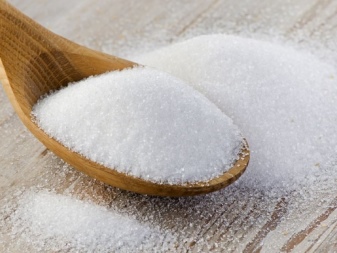
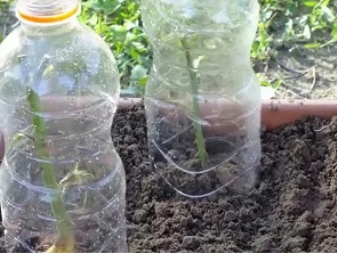
Transplant to open ground
With regular and complete care of the cuttings, seedlings will be formed, ready for transfer to the open ground. The sprouts are transferred to the ground from flower pots if the stems were germinated in advance. If climatic conditions permit, you can immediately transfer to open beds.
Experienced summer residents note that it is easier to root a seedling directly into open ground than to transfer a plant from a container and wait for the end of its adaptation period... It is advisable to have time to carry out the transplanting work before the arrival of autumn, so that the plant has time to take root before the onset of cold weather and grow strong enough for successful wintering.
To properly plant roses on the site, you should heed the following recommendations:
- it is advisable to choose a plot that is even, with fertile and light soil;
- when transferring cuttings, it is necessary to perform procedures for processing, moistening and fertilizing the soil;
- when taking out seedlings from containers, you need to carefully get rid of potato residues so as not to harm the roots;
- before the onset of winter, the flowers are covered with a thick layer of foliage, coniferous needles and branches - they will protect them from frost.
Remember: in order to plant roses outside, stable and comfortable weather conditions must be established, otherwise they may die.
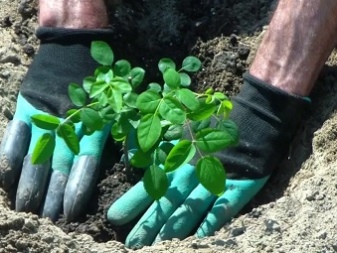


































































































The comment was sent successfully.